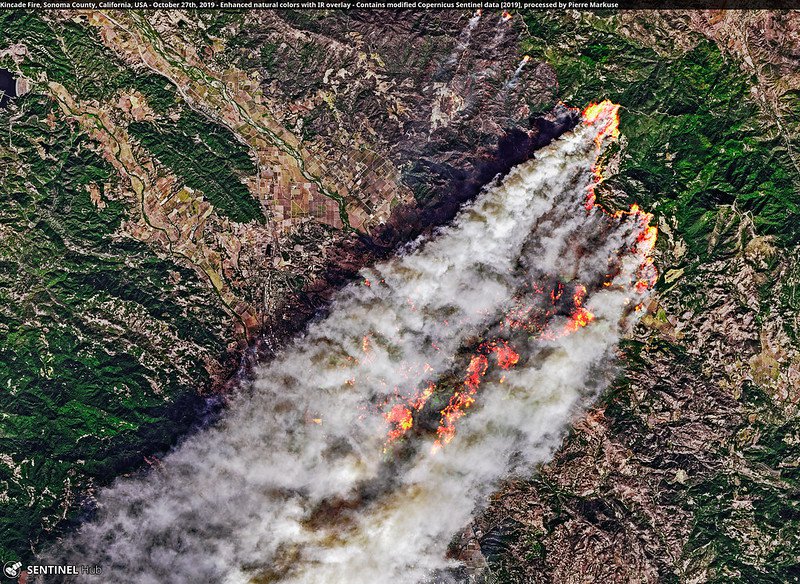Each week, we’ll be compiling the most relevant news stories from diverse sources online, connecting the latest environmental and energy economics research to global current events, real-time public discourse, and policy decisions. Here are some questions we’re asking and addressing with our research chops this week:
What can help push the US economy toward more clean energy?
Some Ohio farmers felt a bit of relief from a poor crop yield this year, because leasing their farmland for wind turbines brought them extra cash. The additional income from leasing land for wind and solar energy helps farmers not just supplement their income with a predictable cash flow, but also collect surplus income in good planting years.
On this week's episode of Resources Radio, US Senator Tina Smith acknowledges the challenges faced by the nation’s farmers: “You don’t need to tell a farmer in Minnesota that climate change is happening when they look at their flooded-out fields.” She and host Kristin Hayes talk about the importance of action to mitigate climate change and the changing conversation around climate policy. Smith says, “This is going to be a big, hard, heavy lift—but it is an opportunity that we also don't want to leave behind … the United States can either lead, or we can follow when it comes to moving toward a clean energy future. And I want us to lead, because that's going to mean that the innovation happens here—the jobs happen here, and not in China.”
Related research and commentary:

Can satellites help California contain its wildfires?
California has been hit by several major wildfires in the last week. The largest of these, the Kincade Fire, has burned upwards of 75,000 acres across Sonoma County in California, destroying more than 180 buildings and causing widespread evacuations and public safety power shutoffs. As efforts to contain California’s fires continue, satellite data are being harnessed in various ways to monitor containment and evacuation procedures.
The California fires are just one of many examples of earth observations being deployed to help people and the environment. And this past week, RFF’s VALUABLES Consortium, a collaboration between RFF and NASA, convened a panel of experts to discuss past, present, and future applications of satellite data. Earlier in the day, at the VALUABLES Consortium’s annual workshop, RFF’s Bethany Mabee presented research results about the value of Landsat imagery in assessing burned areas and prioritizing response measures after a wildfire. Watch the full recording here.
Related research and commentary:

How does the official withdrawal of the United States from the Paris climate agreement affect the future of US climate policy?
Last week, the Trump administration announced that it is preparing for the United States to formally withdraw from the Paris Climate Agreement, which negotiated a plan to mitigate climate change by setting a goal of limiting global warming to 1.5 degrees Celsius. An analysis in the Washington Post this week argues that the long-awaited move will have more symbolic than actual impact—the real climate impact will be determined by the extent of global carbon emissions reductions, particularly in the United States.
This week, Karen Palmer, an RFF senior fellow and director of RFF’s Future of Power Initiative, testified to the Energy Subcommittee of the US House Committee on Energy and Commerce at a hearing about how to reach 100 percent net-zero emissions in the US economy by 2050. Palmer stated that the current pace of change in the power sector is not on track to meet the aim of keeping global warming impacts under 1.5 degrees Celsius; most economic models show that the power sector will fall far short of the net-zero emission goal. One important finding that Palmer offered: “RFF modeling has shown that a Clean Energy Standard can put the power sector well on its way to full decarbonization with modest effects on electricity rates." Read the full text of her testimony here.
Related research and commentary:







